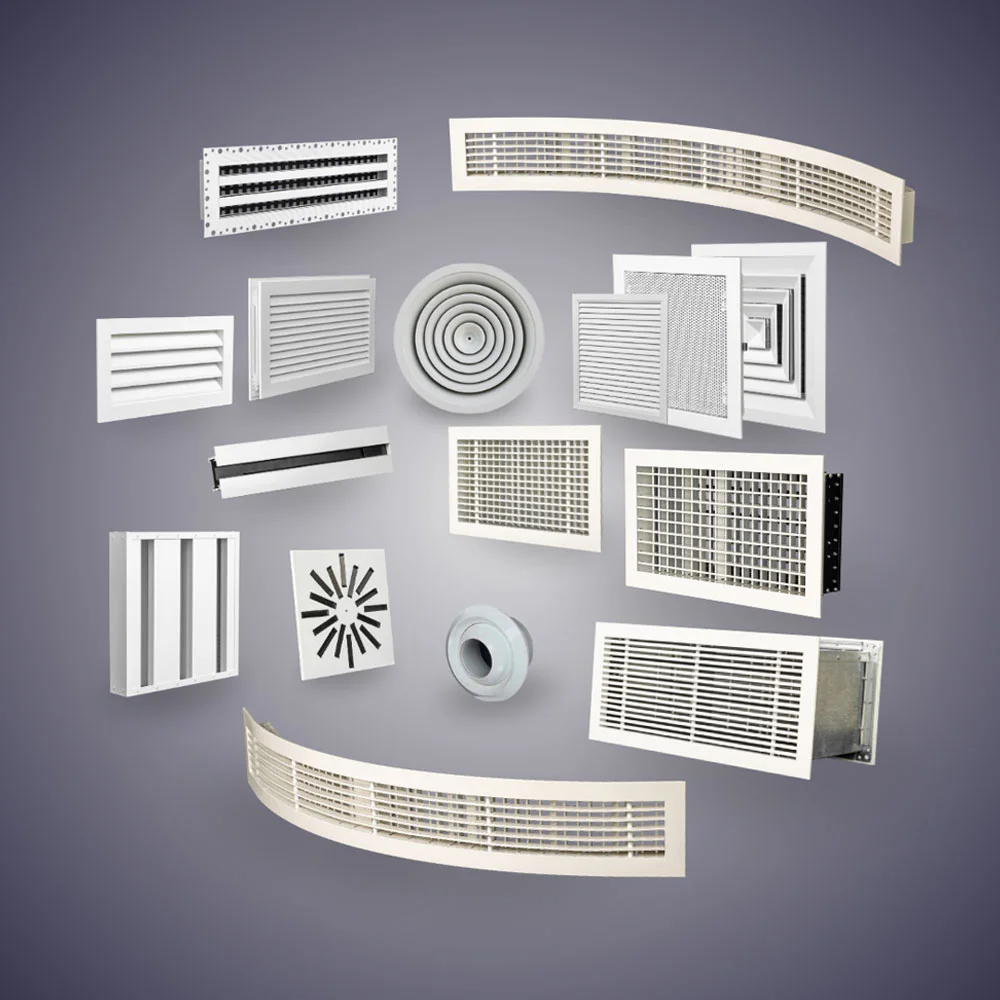Selecting the right air distribution manufacture is more than flipping through product catalogs and catalog-price lists. When deciding to cooperate with a chosen manufacturer, one should keep in mind that such a decision is long-term and should positively impact the future outcomes of the project, the work of the system, and customer satisfaction years later. The strength of manufacturing partnerships can easily be the difference between success and mediocrity in the highly competitive construction and HVAC industries in the present-day business environment, when partnerships must be approached early enough in the planning phase. This article will give insight into the key aspects that can distinguish great manufacturers and simple suppliers so that you can make the necessary choices that will help improve the eventual results of the project and lay the foundation that can support the beginning of a solid working relationship.
1.Research Manufacturing Experience and Industry Heritage
The level of depth is usually linked to the capability of a manufacturer providing certain solutions of air distribution that are innovative and can be applied in different types of projects. Material manufacturers that have a decades-long history in operating and can boast numerous cycles of varying economic times have adapted to the changing building codes and perfected their processes through innumerable applications in real-life projects. This experience can be converted into experience on the use of materials, manufacturing tolerances, and design optimization, which cannot be reproduced by newer companies. The long-time manufacturers have established contacts with the suppliers of the materials used, purchased modern equipment to guarantee production quality, and established institutional knowledge that improves the quality and consistency of products.
2.Evaluate Product Quality Standards and Certifications
The quality standards form the basis of establishing reliable air distribution systems, and thus certifications and testing procedures of the manufacturers are important measures by which they are evaluated. Industrious manufacturers have strict quality control measures, which include checking of raw materials, monitoring of in-process, and final product testing to realize consistent performance. AHRI, UL, and ISO industry certifications create third-party accreditation of manufacturing processes and performance claims on products. These certifications involve constant monitoring of compliance and regular audit, and therefore, this means that the quality standards are not achieved once during the initial certification.
3.Assess Technical Support and Engineering Capabilities
The air distribution systems used today are complex in nature and require manufacturers who possess sound technical support with an engineering background to efficiently design and implement an excellent system. Major manufacturers also have experienced, skilled engineers in place who can offer guidance on applications, conduct system calculations, and aid in unique application solutions addressing specific project needs. This technical assistance not only goes as far as selecting basic products, but it also encompasses computational fluid dynamics consequences, acoustical modeling, and energy performance optimization. A quick response technical support provides the support that is necessary to help in critical design stages and the urgency of the construction initiatives. The presence of technical support in the form of available technical aids like software tools, calculation aids, and design guides is a guarantee that a manufacturer is keen on ensuring the successful end results of a project.
4.Examine Manufacturing Capabilities and Production Capacity
Knowing the production capacities of the manufacturers ensures that they are capable of fulfilling the project provisions while still ensuring the quality and time requirements on the construction schedule. State-of-the-art factories with automated operations, sophisticated machinery, and quality control mechanisms can be regarded as a sign of efficiency and consistency. Production capacity is of special concern whenever large projects or concurrent projects are involved, which necessitate huge volumes of air distribution products at compressed timelines. When it has unexpected delays in the project conditions, a manufacturer that has flexibility in production can meet its special materials, special configurations, and special delivery requirements.
5.Analyze Customer Service Philosophy and Responsiveness
Superior customer service is one way in which the best manufacturers come to set themselves apart, as commodity providers continue to come under pressure, and such advantages go way beyond just the physical products being shipped to job sites. Responsive manufacturers know that construction timetables are challenging and that promptness of communication is the key to avoiding costly schedules and miscommunication. When knowledgeable customer representatives are available and capable of answering the questions, relieving the problems, and organizing the solutions, it shows the dedication of the manufacturer to the customers. Leading manufacturers incorporate customer relationship management, which records the requirements of projects, their delivery time, and service history in order to deliver a more personal service and offer anticipatory services.
6.Review Innovation Leadership and Product Development
Manufacturers focused on innovation are engaged in constant research and development in an attempt to shape products that suit the changing demands in the industries, as well as technologies. Prominent manufacturers also work with industry associations, engage in standards generation, and undertake applied research to find potential in product enhancement and creation of innovative solutions. The implementation of energy-saving, smart control, and currently used green materials shows that a manufacturer is ready to remain within the current market trends and legal restraints. Innovation is not limited to features of the products, but also applies to manufacturing, quality, and changes in the provision of services that can be beneficial to customers over the product life cycle.
7.Investigate Distribution Network and Market Coverage
Distribution channels of a manufacturer can directly influence product availability, reliability of the delivery, and quality of the support that the producer provides, which is why the strength of the network should be taken into consideration as a factor of selection. Extensive supply chains that feature strategically placed warehouses save time and shipment expense in addition to making more supplies on hand, even during everyday orders or emergency demands. The quality of the distribution partners is a factor echoing the customer service commitment of the manufacturer, since they tend to be the main customer contact point to place an order and receive delivery and initial technical assistance.
Conclusion
The air distribution terminal units manufacturer selection is the process of a targeted investment into project success, long-term performance, and professional reputation. The discussed factors interact to make the formation of an effective whole in assessing the possible manufacturing partners and selecting those who will contribute best to the attainment of project aims.
Related Reads
- Custom Fitness App Development: Build the Fitness App Your Users Actually Want
- Top Benefits of BIS Hallmark Certification
- VVS Sauce Disposable Vape: The Ultimate Guide for 2025
- Why Do Health Brands Trust Certain Liquid Supplement Manufacturers?
- How A Tax Advisor Can Save You Thousands On Your Next Return
- Forex CRM Solution: Complete Guide for Brokers to Scale and Stay Compliant



